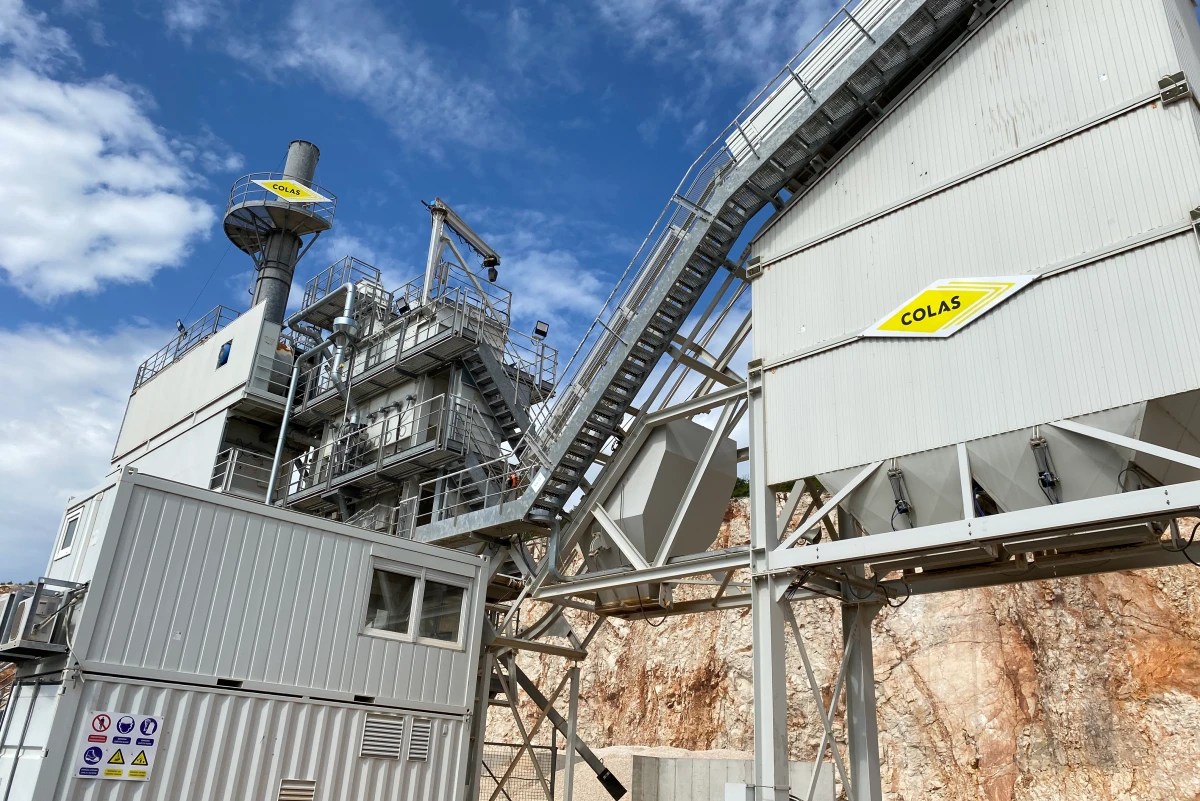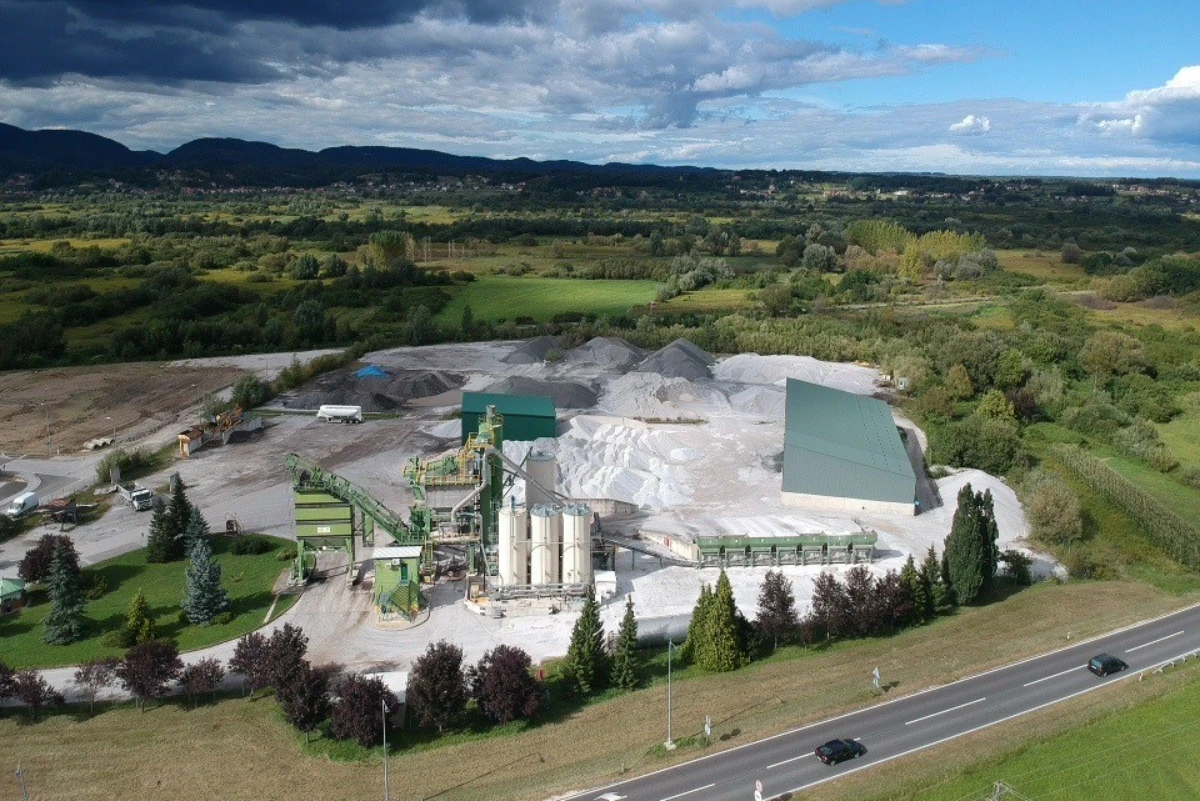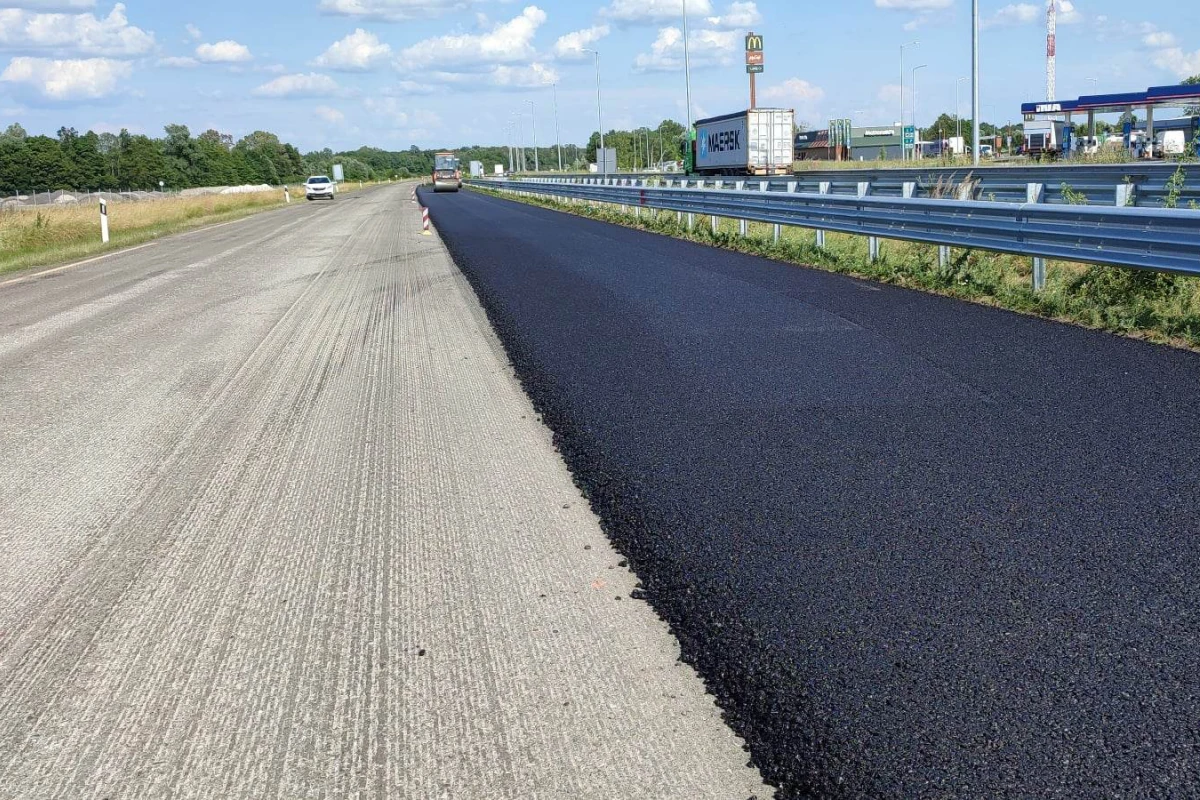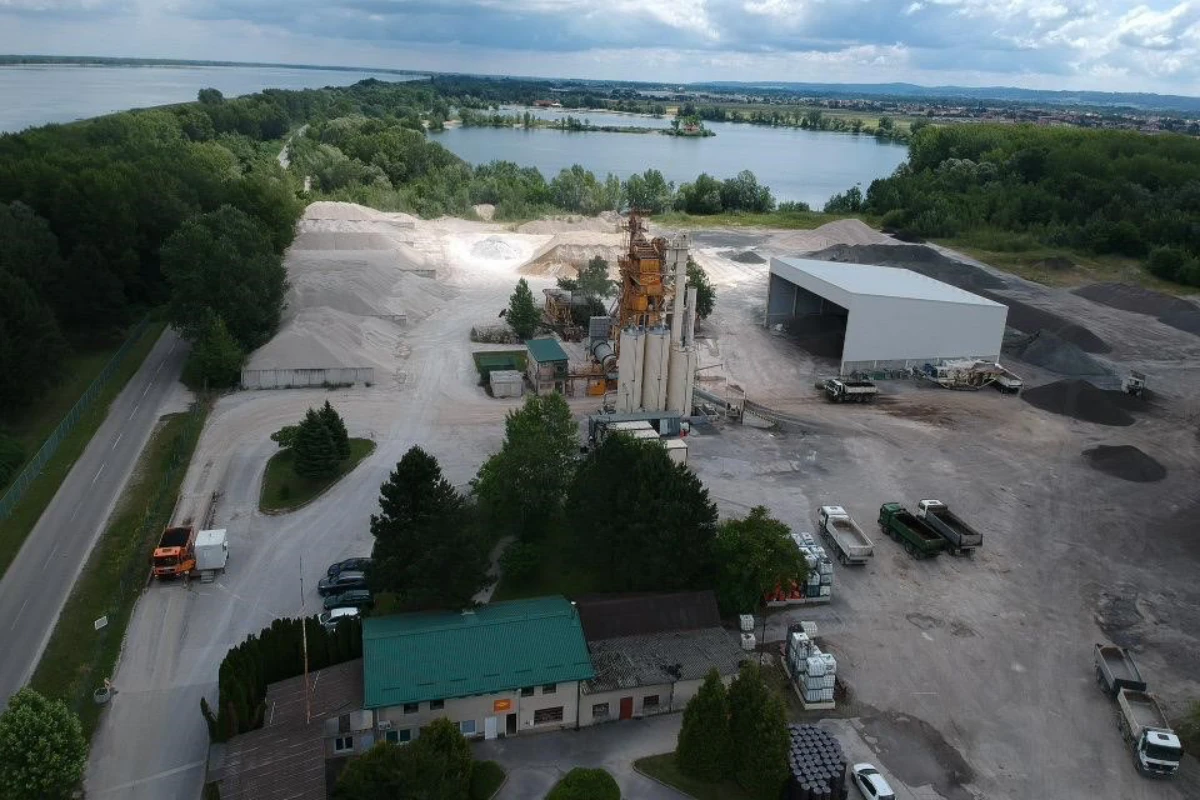ASPHALT MIXTURES
We offer you a large selection of technologically advanced mixes for all layers of road and driveway construction. Asphalt or bituminous mixtures are the most popular material for making pavement structures. It is a mixture of aggregates, stone flour if necessary and additives, and bitumen that serves as a binder.
In its own highly sophisticated and automated plants in Croatia and Slovenia, the Colas Hrvatska Group produces different types of asphalt mixes, both for its own needs and for customers. In our own accredited laboratory, we control the continuous quality of production and compliance with valid norms and technical conditions.
In our offer, we have different recipes of asphalt mixtures developed for different purposes according to the requirements of investors. Every year we develop a number of new recipes according to the specific requirements of various projects.
Just some of the asphalt mixes on offer are:
Asphalt concrete (AC)
Asphalt concrete for very thin layers (BBTM)
Stone Mastic asphalt (SMA)
Porous asphalt (PA)



